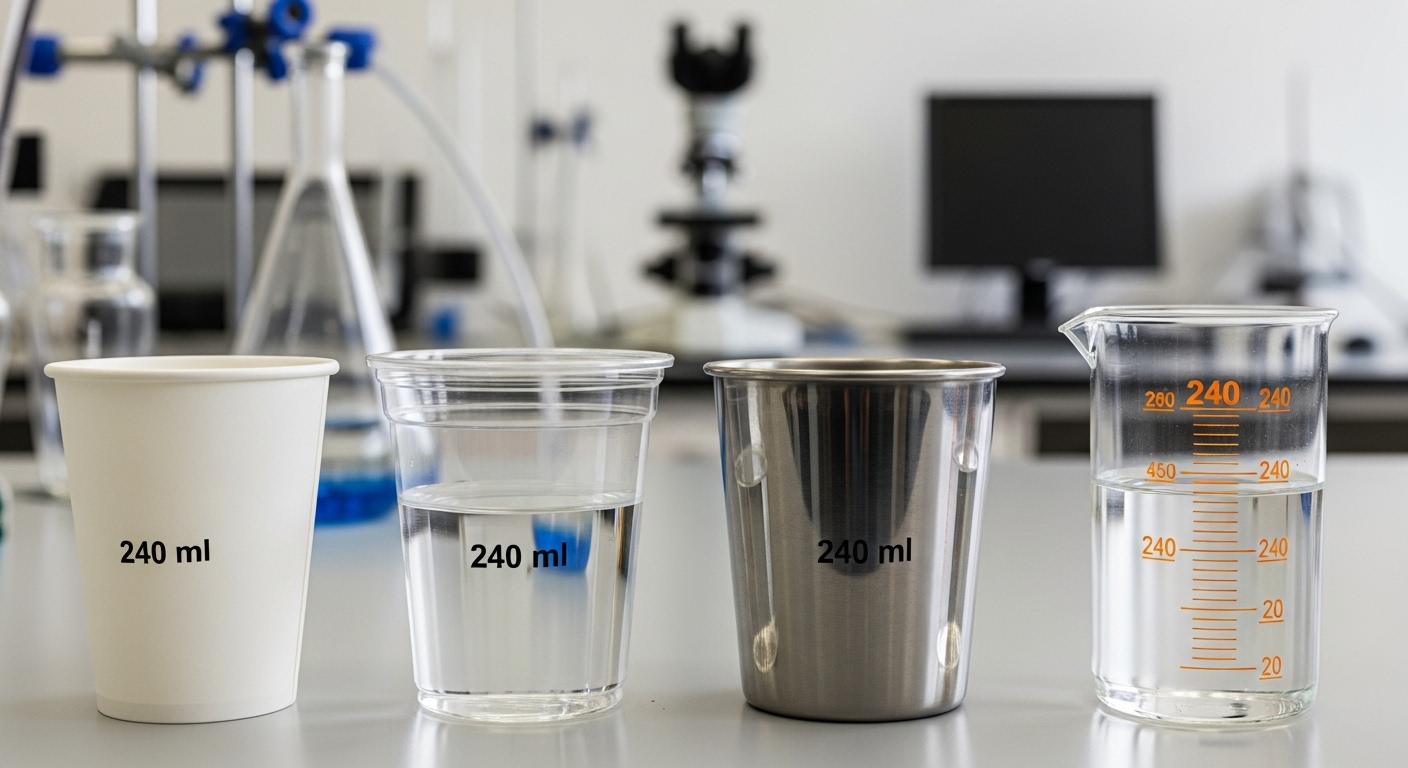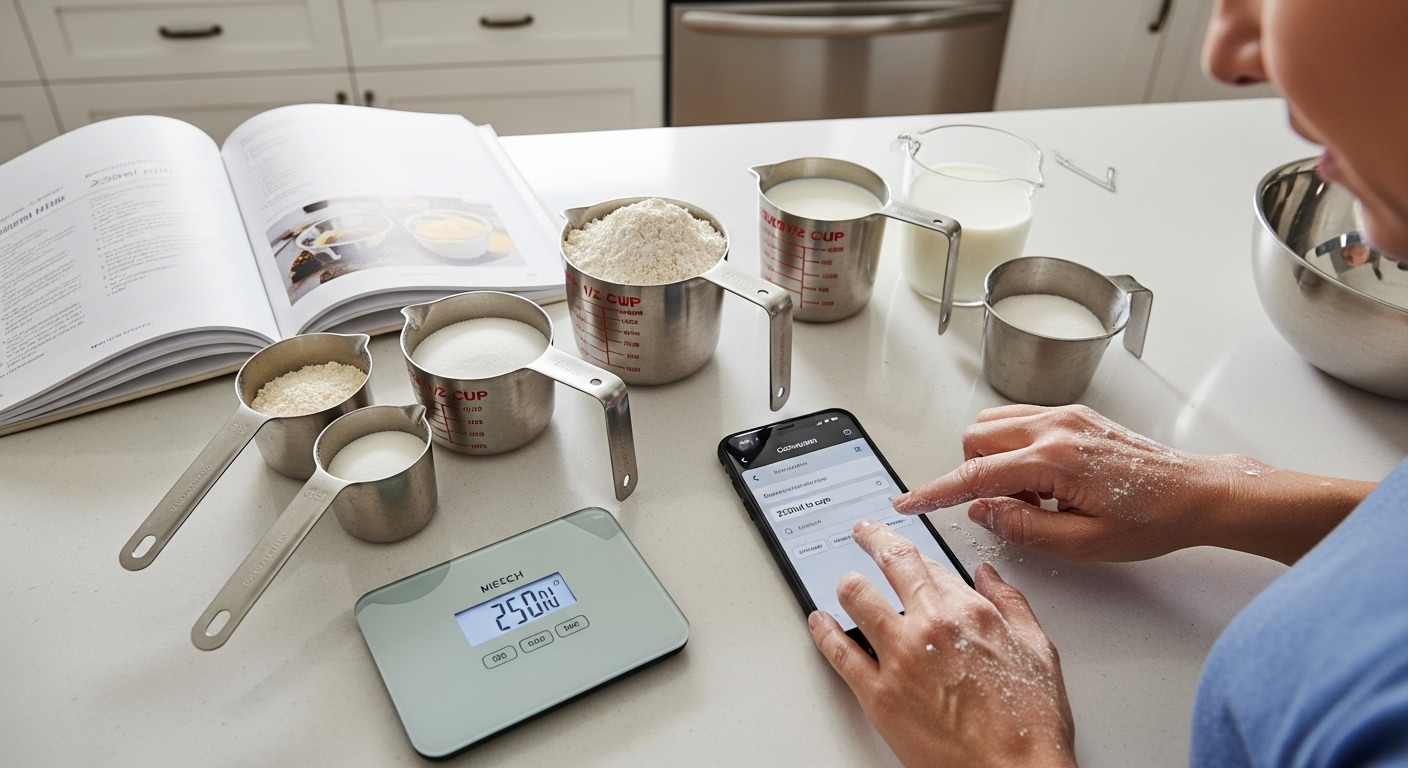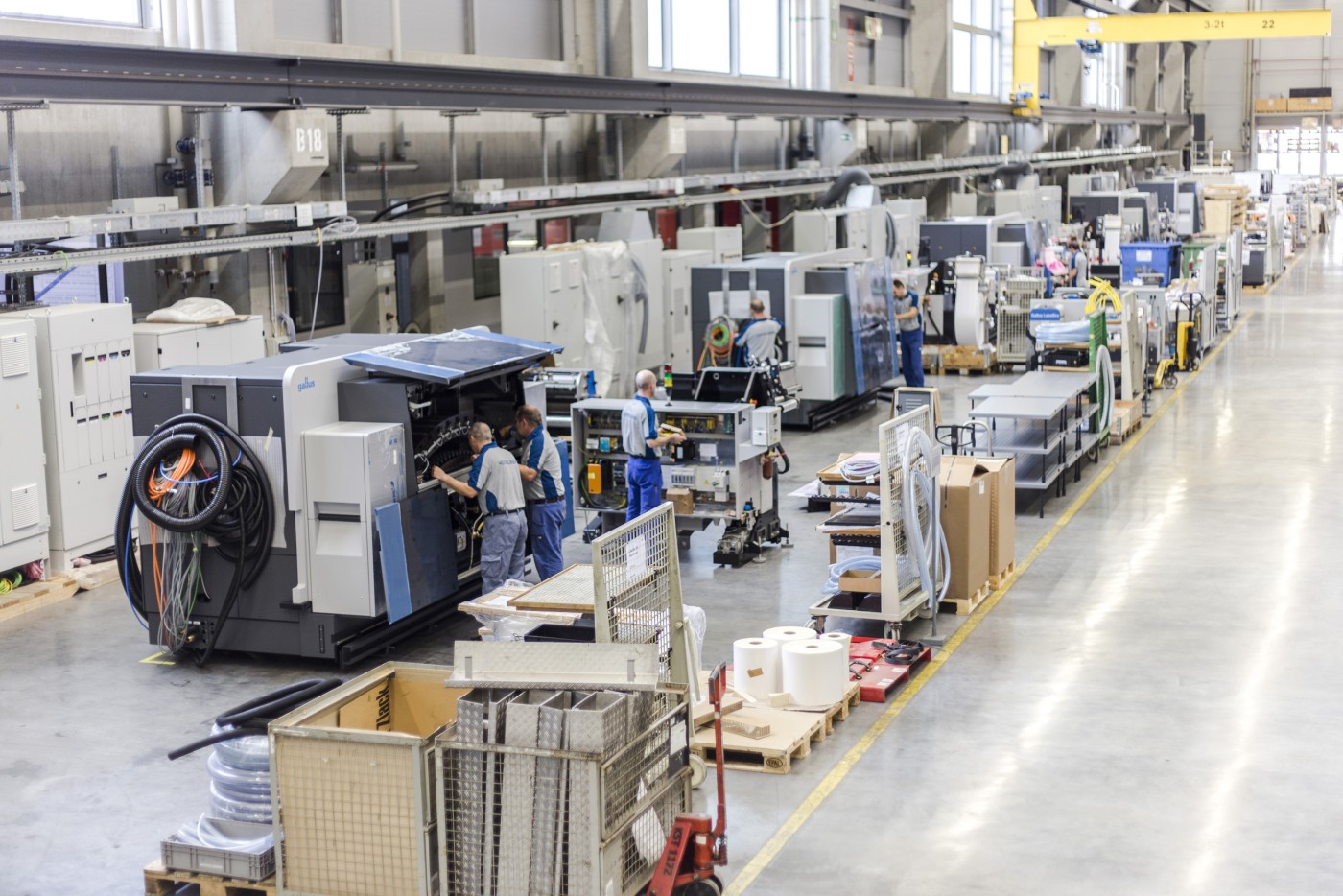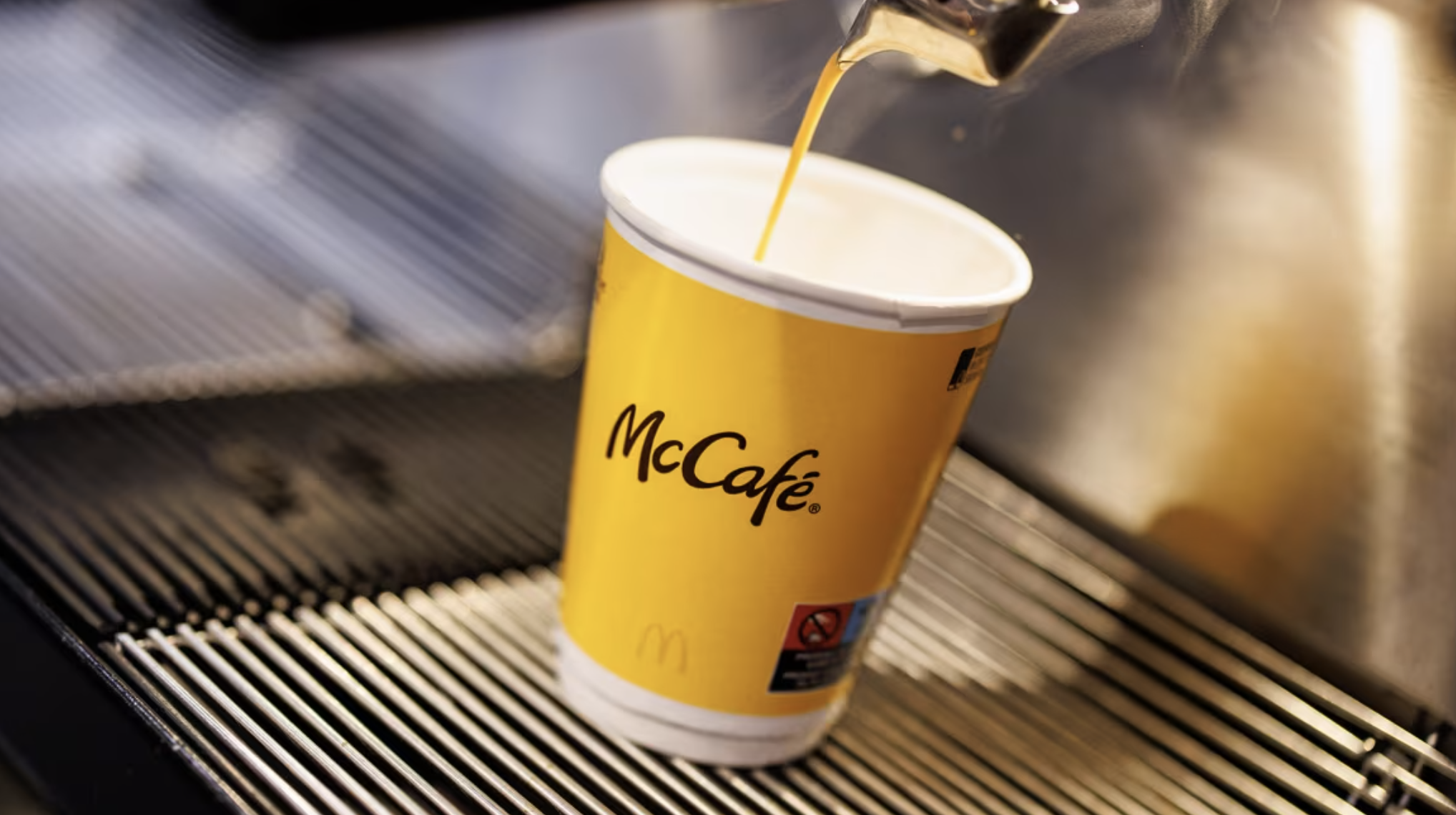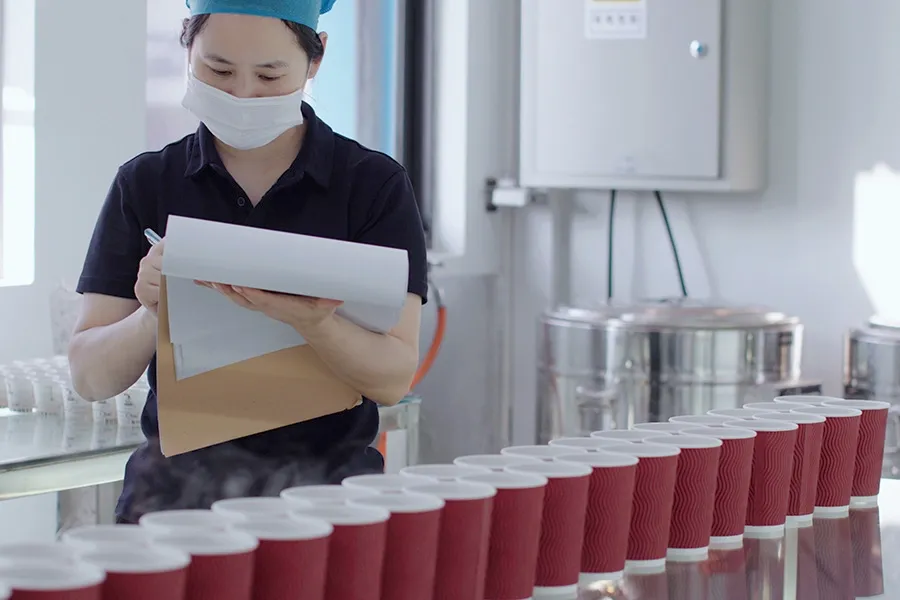Have you ever brewed coffee at home and wondered, “Am I using the right amount of coffee grounds?” Getting the ratio just right is the key to unlocking rich flavor and the perfect brew every time.

Standing in my kitchen last week, a friend asked me why his homemade coffee never tastes as good as café coffee. The answer? It all comes down to precise measurements. After spending 15 years as a professional barista and training thousands of coffee enthusiasts, I’ve discovered that the perfect cup of coffee isn’t about expensive equipment – it’s about getting your ratios right.
For the perfect cup of coffee, use 2 tablespoons (10 grams) of ground coffee for every 6 ounces (180ml) of water. This ratio can be adjusted between 1:15 and 1:18 coffee-to-water ratio depending on your brewing method and taste preferences.
Understanding Coffee Basics
Why Measuring Matters
When I train new baristas, the first thing I emphasize is consistency in measurements. Using a high-quality paper cup with proper volume markers can make a significant difference in achieving consistent results.
| Brewing Method | Coffee Grounds (per 6 oz) | Water Temperature | Brewing Time |
|---|---|---|---|
| Drip Coffee | 2 tbsp (10g) | 195-205°F | 4-6 minutes |
| French Press | 2.5 tbsp (12.5g) | 200°F | 4 minutes |
| Pour-Over | 2.2 tbsp (11g) | 200°F | 2-3 minutes |
| Cold Brew | 4 tbsp (20g) | Room temp | 12-24 hours |
The Golden Ratio Principle
For a balanced, delicious cup of coffee, use 1 to 2 tablespoons (about 10 to 15 grams) of coffee grounds per 6 ounces of water. This standard ratio, also known as the golden ratio, helps ensure consistent results.
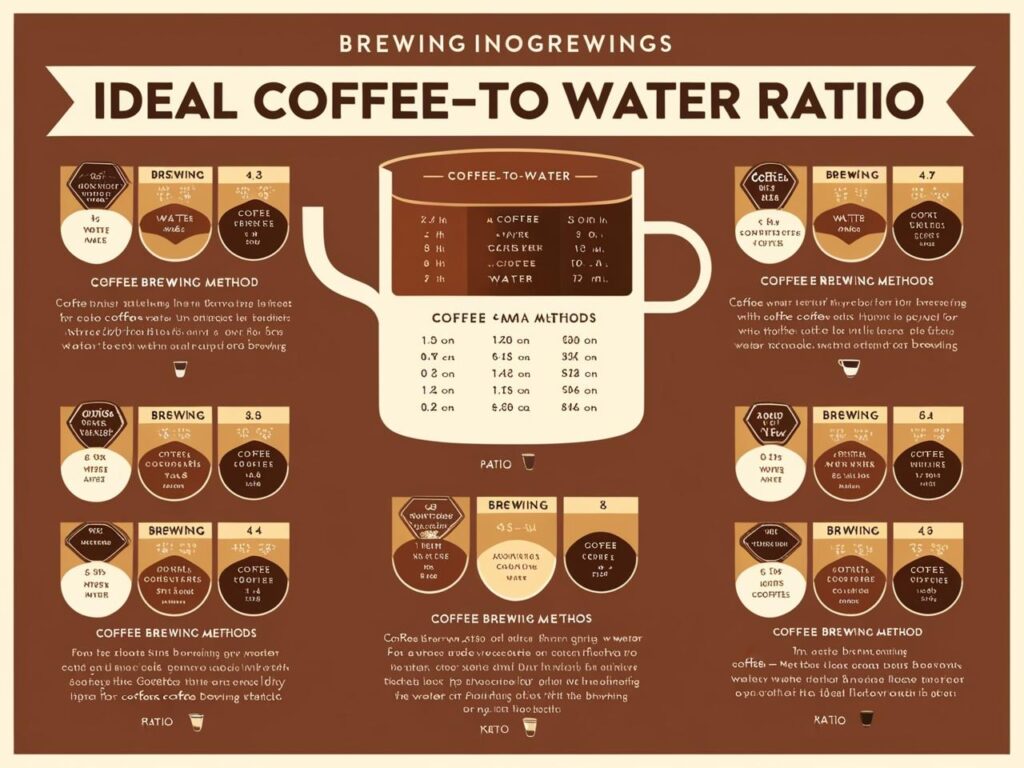
What Is a Coffee-to-Water Ratio?
The coffee-to-water ratio determines the strength and flavor of your coffee. A standard brewing ratio provides a guideline to maintain consistency in taste, especially if you’re new to brewing or using different methods. In simple terms, the ratio refers to how much ground coffee you use per cup of water.
Different brewing methods require different ratios. Let’s break this down by specific methods:
Drip Coffee Makers
A drip coffee maker generally needs two tablespoons per six ounces of water. Adjust slightly for stronger or weaker coffee. This method benefits from consistent measurements since water flows continuously through the coffee grounds, making precise ratios important.
For automatic drip makers like Mr. Coffee, Cuisinart, or Hamilton Beach:
- Standard strength: 2 tbsp per 6 oz cup
- Strong brew: 2.5 tbsp per 6 oz cup
- Weak brew: 1.5 tbsp per 6 oz cup
| Coffee Grounds (grams) | Water (ml) | Number of Cups |
|---|---|---|
| 10 | 180 | 1 |
| 20 | 360 | 2 |
| 30 | 540 | 3 |
Does a standard ratio improve coffee quality?
Right. Using a consistent ratio enhances flavor and repeatability.
Can more coffee grounds always improve strength?
Wrong. Too much leads to bitterness and over-extraction.
Measurements for Popular Brewing Methods
French Press Measurements
For French press coffee, a coarser grind is best. Use 1 gram of coffee for every 15 grams of water, or approximately 2 tablespoons for 8 ounces of water. Stir gently after adding hot water and steep for four minutes to extract optimal flavor.
The French press requires a coarser grind and slightly more coffee:
- Per cup (6 oz): 2.5 tablespoons
- 4 cups: 10 tablespoons
- 8 cups: 20 tablespoons
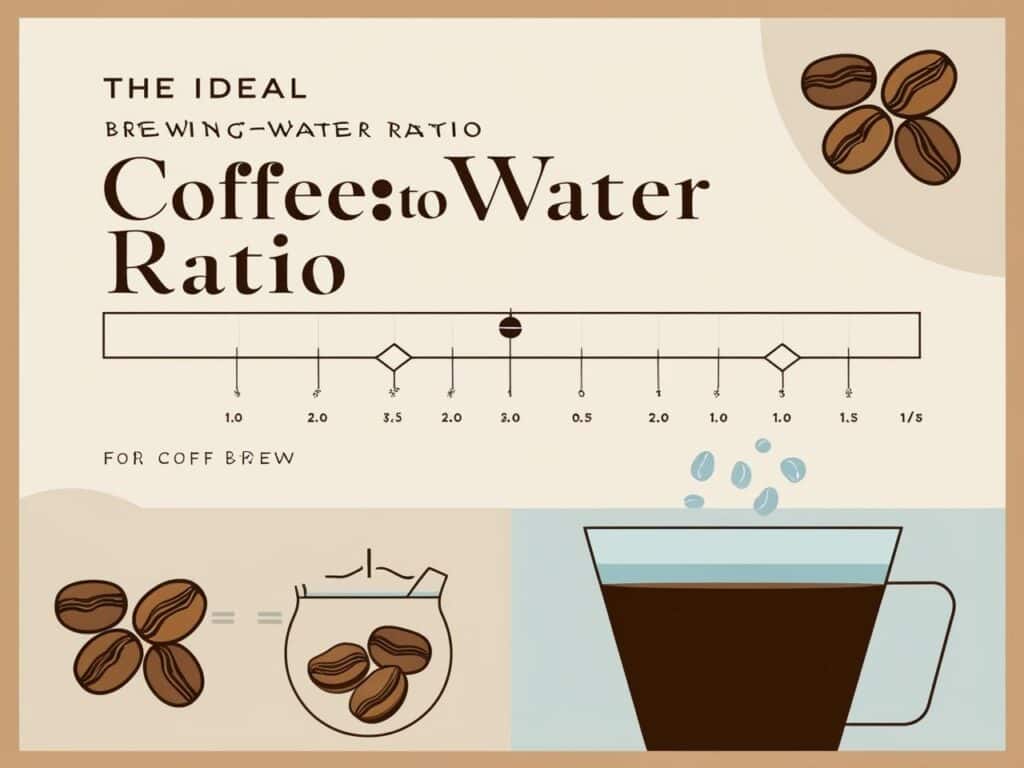
Pour-Over Precision
Pour-over coffee is precise. Use 25 grams (2.5 tablespoons) of medium-fine coffee for 400 ml of water. Control the pour to achieve even saturation. The delicate process of pour-over brewing allows nuanced flavor profiles, ideal for enthusiasts seeking complexity.
| Brewing Method | Coffee Grounds (grams) | Water (ml) | Cups |
| Drip Coffee Maker | 20 | 360 | 2 |
| French Press | 30 | 450 | 3 |
| Pour-Over | 25 | 400 | 2 |
Pour-over methods like Chemex or V60 require:
- Single cup: 2.2 tablespoons
- With detailed timing for pour stages
Is pour-over brewing ideal for flavor control?
Right. It allows precise adjustments.
Can a French press work with fine grounds?
Wrong. It clogs the filter and results in sludge.
Measuring Coffee Grounds
By Weight vs. By Volume
Weighing coffee offers the most accuracy. Use a digital scale instead of spoons for precision. Consistency is critical, and weight-based measurement ensures repeatable results. Ground coffee density can vary, making volume measurements less reliable.
| Method | Accuracy | Best For |
| Tablespoon | Low | Quick Brewing |
| Digital Scale (grams) | High | Precision Brew |
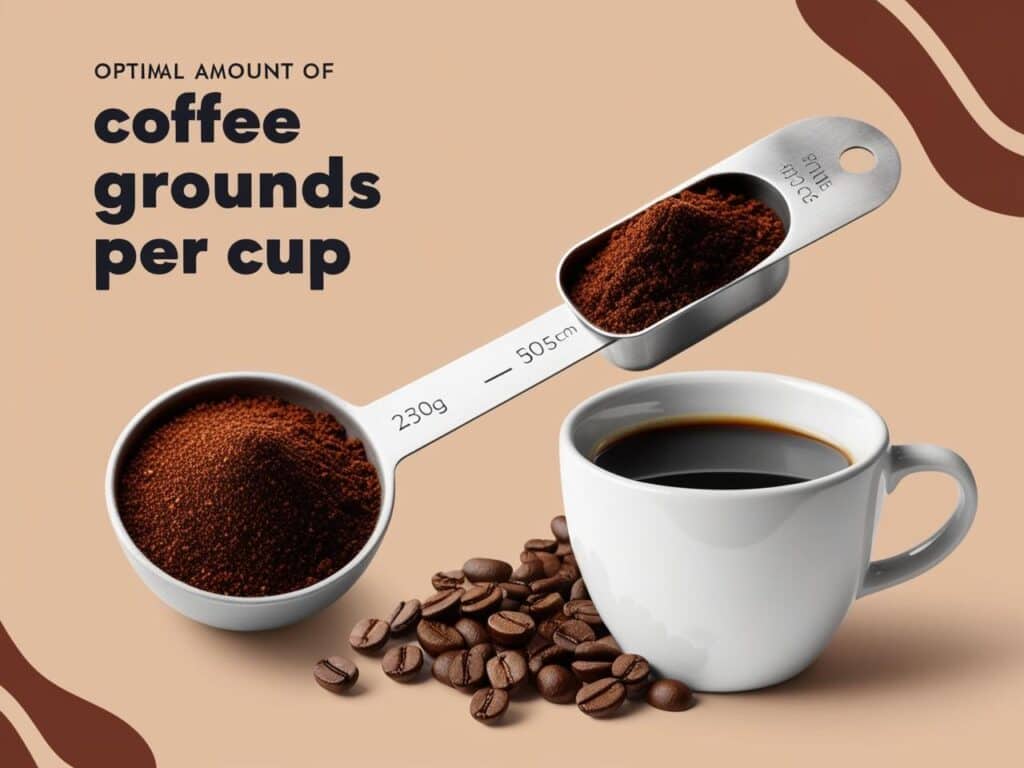
Tools for Accurate Measurement
- Digital coffee scales for weight-based measurement.
- Coffee scoops designed for consistent volume.
Is weighing coffee better than using spoons?
Right. It improves consistency.
Can volume measurement cause inconsistent taste?
Right. Uneven grounds affect strength.
Customizing Coffee Strength
Adjusting for Personal Taste
Start with standard ratios, then tweak for strength preferences. More grounds make a stronger brew; fewer make it milder. Experimentation leads to discovering your perfect balance.
Caffeine Considerations
More coffee grounds increase caffeine but also bitterness. Balance is key. Use lighter roasts for higher caffeine without compromising flavor.
Does stronger coffee have more caffeine?
Right. More grounds mean higher content.
Can less coffee improve flavor?
Wrong. It results in under-extraction.
Scaling Recipes
Large Batch Brewing
For 12-cup coffee makers:
- Standard brew: 24 tablespoons (1.5 cups) ground coffee
- Strong brew: 30 tablespoons
- Weak brew: 18 tablespoons
Commercial Quantities
For 100-cup urns:
- Standard strength: 2.5 pounds of coffee
- Detailed measurements provided
Common Brewing Problems and Solutions
Weak Coffee: Not Enough Grounds
Weak coffee happens when the coffee-to-water ratio is too low. Increase the amount of grounds gradually to avoid over-dilution.
Overly Strong Coffee: Too Many Grounds
Too much coffee leads to bitterness. Stick to recommended ratios and use fresh grounds for better results.
Is bitter coffee caused by too many grounds?
Right. Over-extraction is the culprit.
Can weak coffee be fixed by reducing water? Right. Less water strengthens the brew.
Right. Less water strengthens the brew.
Special Feature: Get Bio Pak’s Coffee Solutions
At Get Bio Pak Co., Ltd, we understand the importance of precise measurements in brewing the perfect cup of coffee, we offer customized coffee paper cups perfect for home and commercial use. Our eco-friendly cups maintain temperature and enhance your coffee experience.
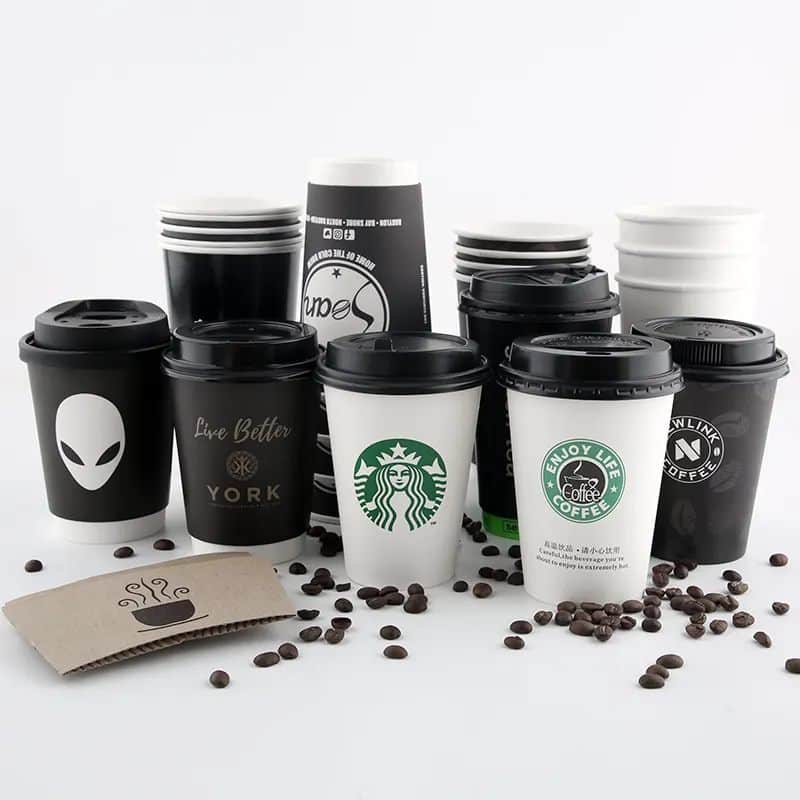
Learn about our sustainable practices here and check out our premium paper cup options. For superior product quality, visit our quality page, and explore our trusted service. Our customized coffee paper cups feature:
- Clear volume indicators
- Temperature-resistant materials
- Eco-friendly construction
- Perfect size gradients for various brewing methods
Visit our paper cup collection to explore our full range of professional coffee serving solutions.
FAQ
How much ground coffee do I use per cup?
The standard measure is 2 tablespoons (10g) of ground coffee per 6-ounce cup of water. For automatic drip coffee makers, use this ratio as your baseline. Adjust up to 2.5 tablespoons for stronger coffee or down to 1.5 tablespoons for weaker coffee.
How many tablespoons of coffee per cup?
Use two tablespoons per 6-ounce cup. Adjust for stronger or milder coffee based on personal preference.
How much coffee do I use for 4 cups?
For four cups, use 8 tablespoons or 40 grams of coffee grounds. Follow the 1:16 ratio for a balanced flavor.
How much coffee do I put in a 12-cup coffee maker?
For a 12-cup coffee maker (72 ounces), use 24 tablespoons or about 120 grams of coffee.
How much coffee do I use for 8 cups of water?
For 8 cups (48 ounces), use 16 tablespoons or 80 grams of coffee grounds. This provides a robust and flavorful pot of coffee.


